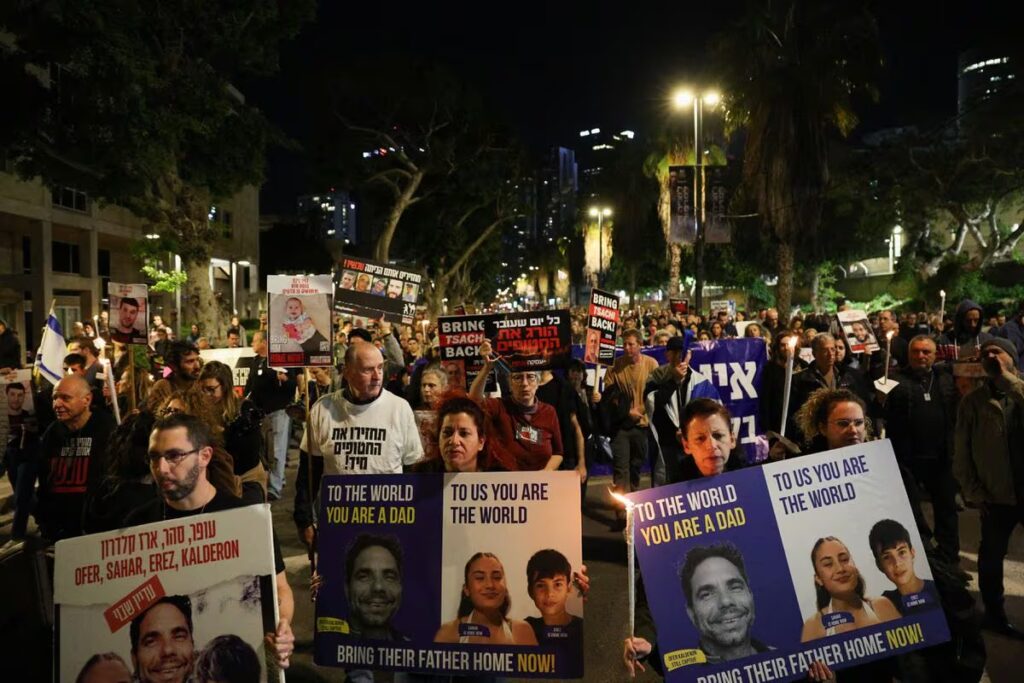Three Israeli hostages who were mistakenly shot by Israeli troops in the Gaza Strip had been waving a white flag and were shirtless when they were killed, an Israeli military official said Saturday. Anger over the mistaken killings is likely to increase pressure on the Israeli government to renew Qatar-mediated negotiations with Hamas over swapping more captives for Palestinians imprisoned in Israel. Hamas has conditioned further releases on Israel halting its punishing air and ground campaign in Gaza, now in its 11th week.
Quick Read
- Mistaken Killing of Israeli Hostages: Three Israeli hostages were mistakenly shot and killed by Israeli troops in the Gaza Strip. They were reportedly waving a white flag and were shirtless, trying to signal that they posed no threat.
- Increased Pressure on Israeli Government: The incident is likely to escalate pressure on the Israeli government to engage in negotiations with Hamas for the exchange of more captives.
- Questions Over Troops’ Conduct: The way the hostages were killed raises concerns about the conduct of Israeli ground troops, with reports of civilians being fired upon while trying to flee to safety.
- Investigation into the Incident: The Israeli military is investigating the incident, acknowledging that the soldiers’ actions were contrary to the rules of engagement.
- Impact of Hamas Attack on Oct. 7: The hostages were among those taken during a Hamas raid into Israel on Oct. 7, which resulted in about 1,200 deaths, mostly civilians, and sparked the current war.
- Public Reaction in Israel: The killing of the hostages led to protests in Tel Aviv, with the public demanding the government take more action to secure the release of remaining hostages.
- Negotiations for Hostage Release: A brief cease-fire in November saw the release of over 100 hostages by Hamas, but further negotiations have stalled, with Hamas demanding more prisoner releases.
- Israeli Position on Hostage Release: Israeli leaders have stated that freeing all hostages is a primary goal, alongside the destruction of Hamas, but insist this can only be achieved through military pressure.
- Hamas’ Conditions for Hostage Release: Hamas has stated it will only release remaining hostages if Israel ends the war and releases all Palestinian prisoners.
- Casualties and Destruction in Gaza: Over 18,700 Palestinians have been reported killed in the offensive, with thousands more missing. Northern Gaza has been heavily bombarded, leading to massive displacement.
- Journalist Killed in Israeli Strike: An Israeli strike killed a Palestinian journalist working for Al Jazeera, bringing the total number of journalists killed since the conflict began to 64.
- US Response to the Conflict: The United States has expressed concern over civilian casualties and Israel’s plans for Gaza but continues to support Israel with weapons and diplomatic backing.
- Efforts to Reduce Combat Intensity: U.S. officials are discussing with Israeli leaders a timetable to reduce the intensity of the combat, and the U.S. has pushed for more aid to be allowed into Gaza.
The Associated Press has the story:
Israeli Military: 3 Hostages mistakenly killed by troops were holding a White Flag
Newslooks- JERUSALEM (AP)
Three Israeli hostages who were mistakenly shot by Israeli troops in the Gaza Strip had been waving a white flag and were shirtless when they were killed, an Israeli military official said Saturday.
Anger over the mistaken killings is likely to increase pressure on the Israeli government to renew Qatar-mediated negotiations with Hamas over swapping more captives for Palestinians imprisoned in Israel. Hamas has conditioned further releases on Israel halting its punishing air and ground campaign in Gaza, now in its 11th week.

The account of how the hostages died also raised questions about the conduct of Israeli ground troops. Palestinians on several occasions reported that Israeli soldiers opened fire as civilians tried to flee to safety.
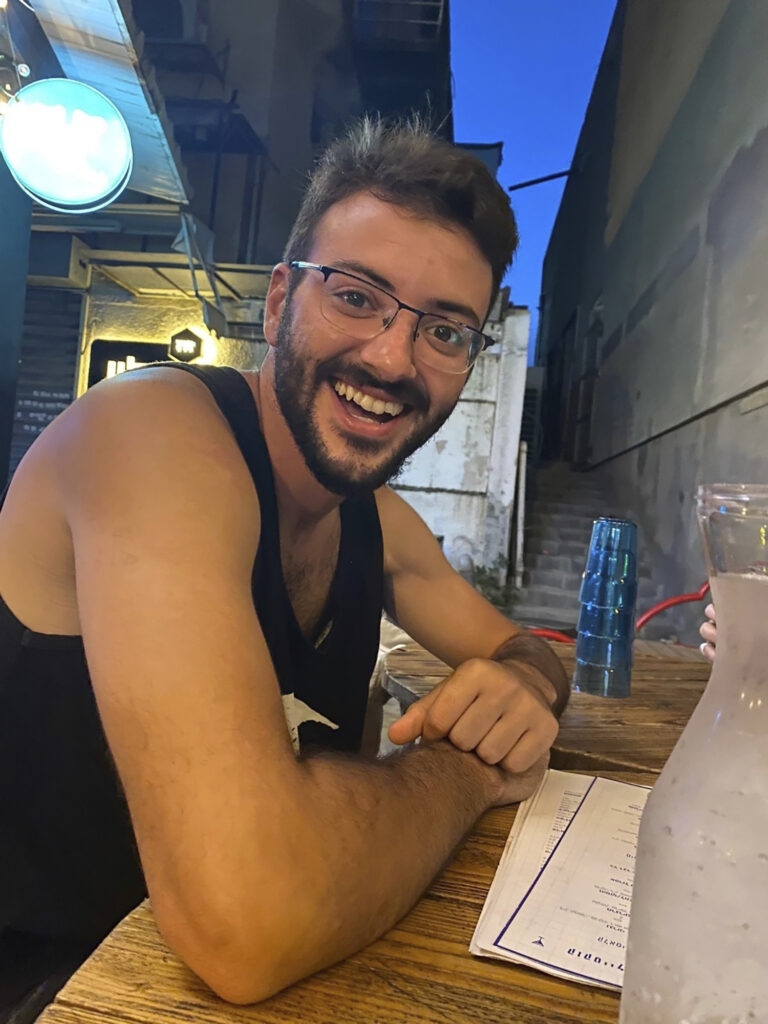
The military official, who spoke on condition of anonymity to brief reporters in line with military regulations, said it was likely that the hostages had been abandoned by their militant captors or had escaped. The soldiers’ behavior was “against our rules of engagement,” the official said, and was being investigated at the highest level.
The three, all young men in their 20s, were killed Friday in the Gaza City area of Shijaiyah, where troops have engaged in fierce fighting with Hamas militants in recent days. They had been among more than 240 people taken hostage during an unprecedented raid by Hamas into Israel on Oct. 7 in which around 1,200 people were killed, mostly civilians. The attack sparked the war.
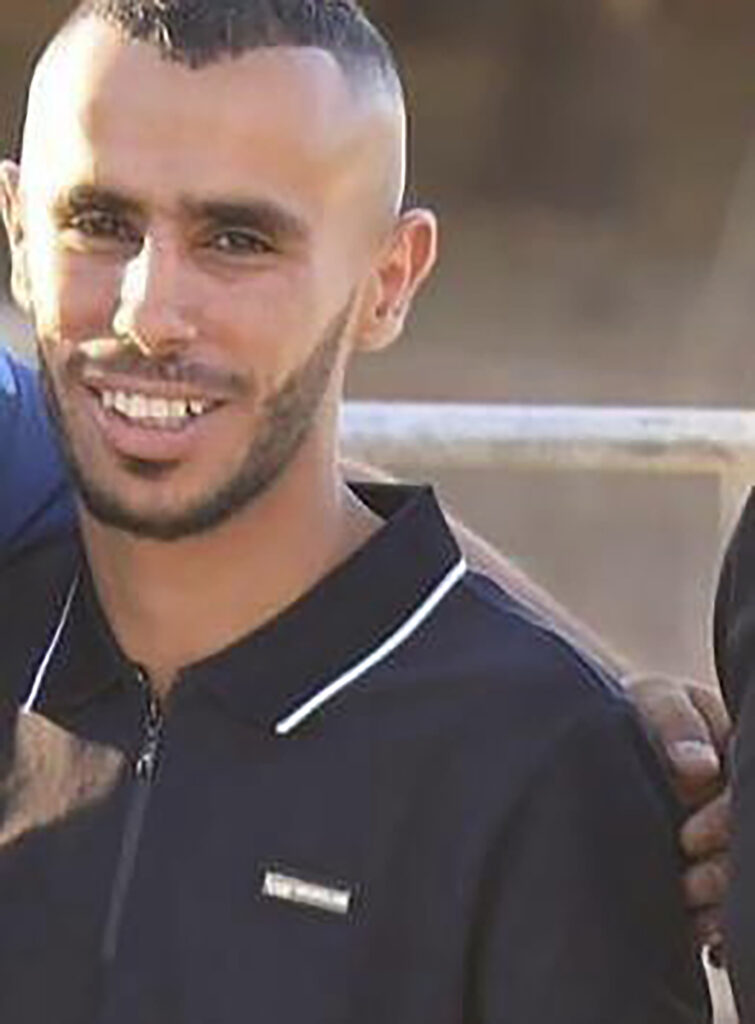
Hundreds of protesters blocked Tel Aviv’s main highway late Friday in a spontaneous demonstration calling for the hostages’ return. The hostages’ plight has dominated public discourse in Israel since the Oct. 7 attack. Their families have led a powerful public campaign calling on the government to do more to bring them home.
Hadas Kalderon, whose former partner is still held hostage after their two teenage children were released in November, said the Israeli government must pay any price to free all hostages. “To make a deal, now, that’s what I’m saying. Yesterday, not now,” said.
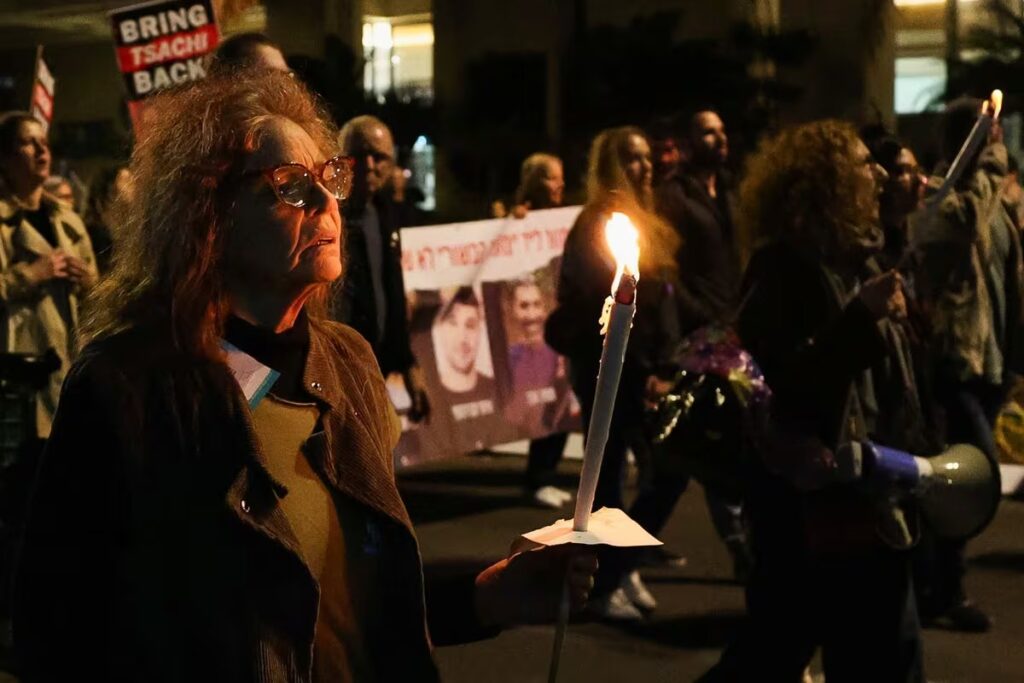
The military official said the three hostages had emerged from a building close to Israeli soldiers’ positions. They were waving a white flag and were shirtless, possibly in an effort to signal they posed no threat.
Two were killed immediately, and the third ran back into the building screaming for help in Hebrew. The commander issued an order to cease fire, but another burst of gunfire killed the third man, the official said.
Israeli media gave a more detailed account. The mass circulation daily Yediot Ahronot said Saturday that according to an investigation into the incident, a sniper identified the three hostages as suspects when they emerged from the building, despite them not being armed, and shot two of the three.
Soldiers followed the third when he ran into the building and hid, shouting at him to come out and at least one soldier shot him when he emerged from a staircase, Yediot Ahronot said.
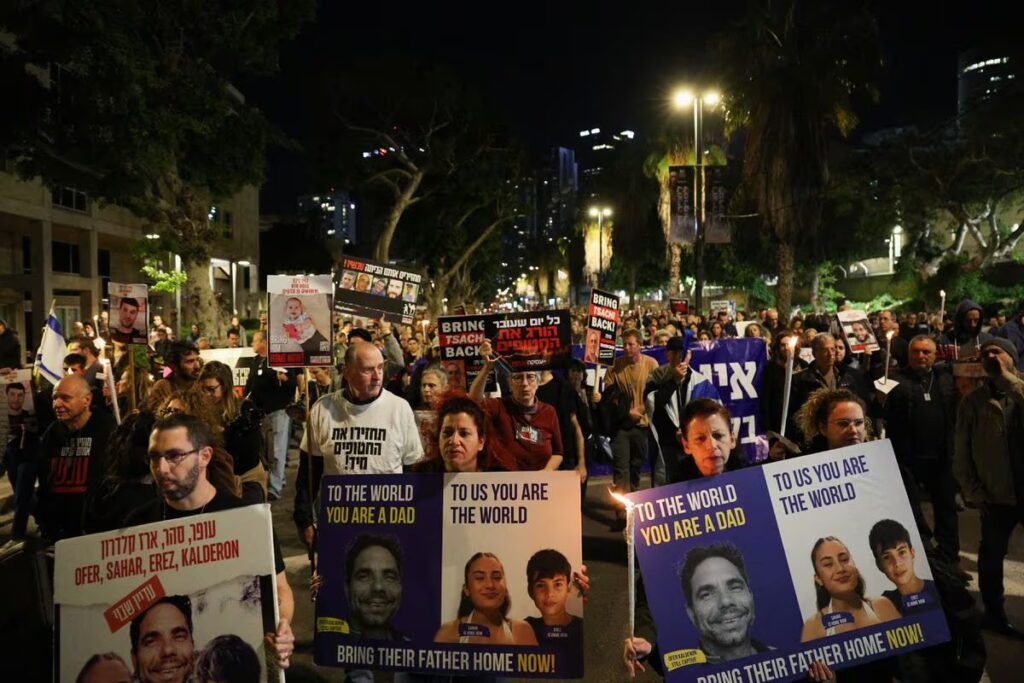
The Israeli newspaper Haaretz gave a similar account based on a preliminary investigation, saying the soldiers who followed the third hostage into the building believed he was a Hamas member trying to pull them into a trap.
Hamas released over 100 hostages for Palestinian prisoners during a brief cease-fire in November. Nearly all those freed on both sides were women and minors. Talks on further swaps broke down, with Hamas seeking the release of more veteran prisoners for female soldiers it is holding.
Israeli political and military leaders often say freeing all the hostages is their top aim in the war alongside destroying Hamas. However, they argue that their release can only be achieved through military pressure on Hamas, a claim that has sharply divided Israeli public opinion.
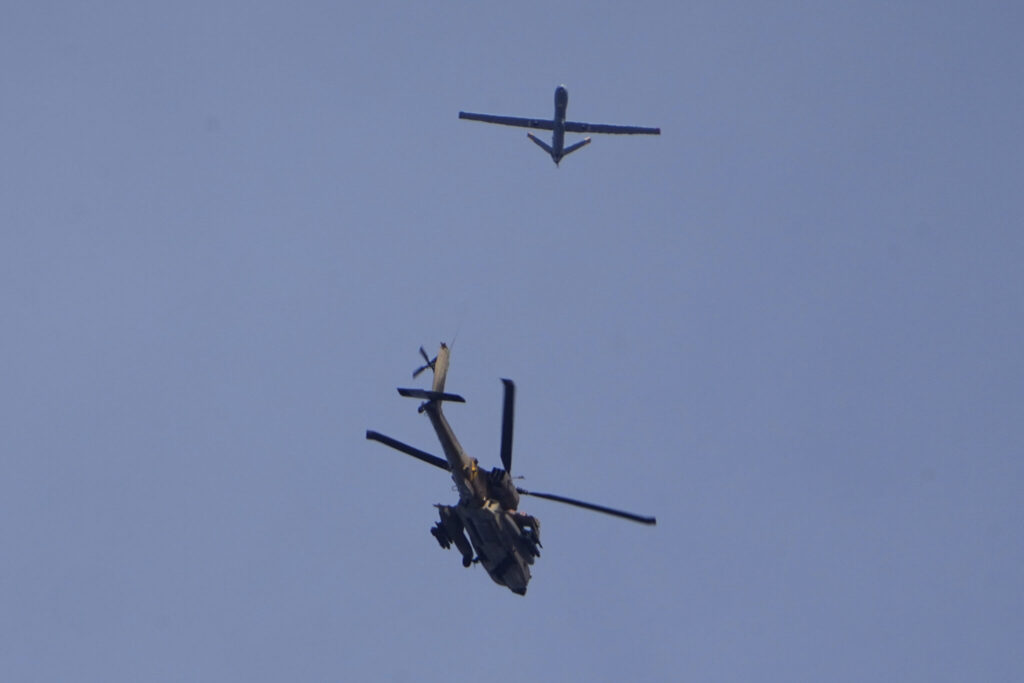
After negotiations broke down, Hamas said it will only free the remaining hostages, believed to number more than 130, if Israel ends the war and releases all Palestinian prisoners. As of late November, Israel held nearly 7,000 Palestinians accused or convicted of security offenses, including hundreds rounded up since the start of the war.
The offensive has killed more than 18,700 Palestinians, the Health Ministry in Hamas-run Gaza said Thursday before a communications blackout that has hampered telephone and internet services in the Gaza Strip. Thousands more are missing and feared dead beneath the rubble.
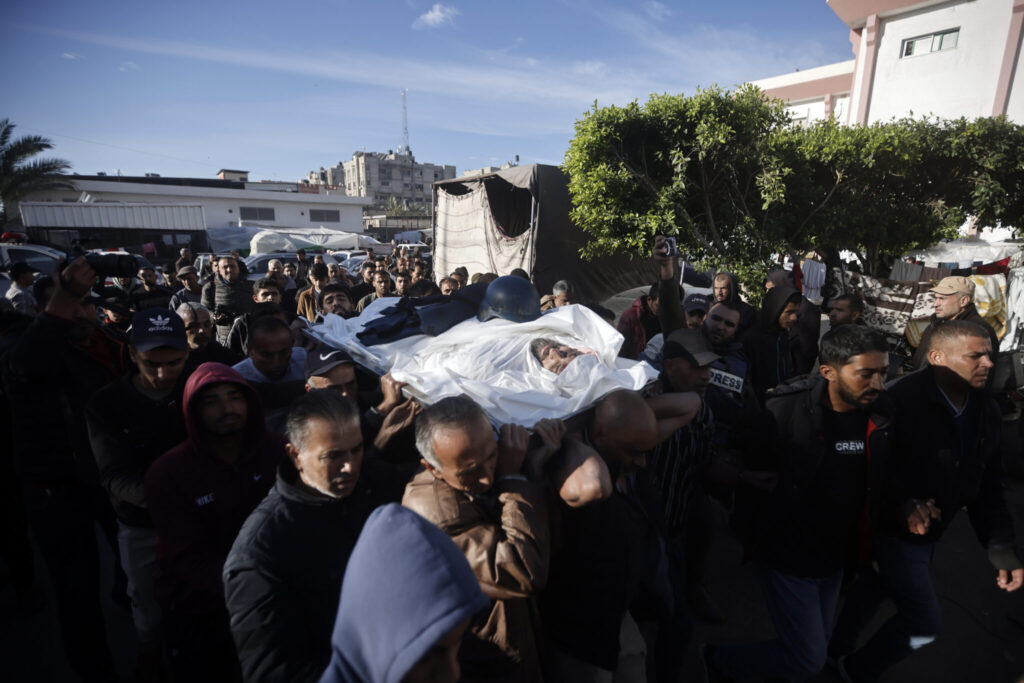
The ministry does not differentiate between civilian and combatant deaths. Its latest count did not specify how many were women and minors, but they have consistently made up around two-thirds of the dead in previous tallies.
Dozens of mourners held funeral prayers Saturday for Samer Abu Daqqa, a Palestinian journalist working for the Al Jazeera network who was killed Friday in an Israeli strike in the southern city of Khan Younis. According to the Committee to Protect Journalists, the cameraman was the 64th journalist to be killed since the conflict erupted: 57 Palestinians, four Israelis and three Lebanese.
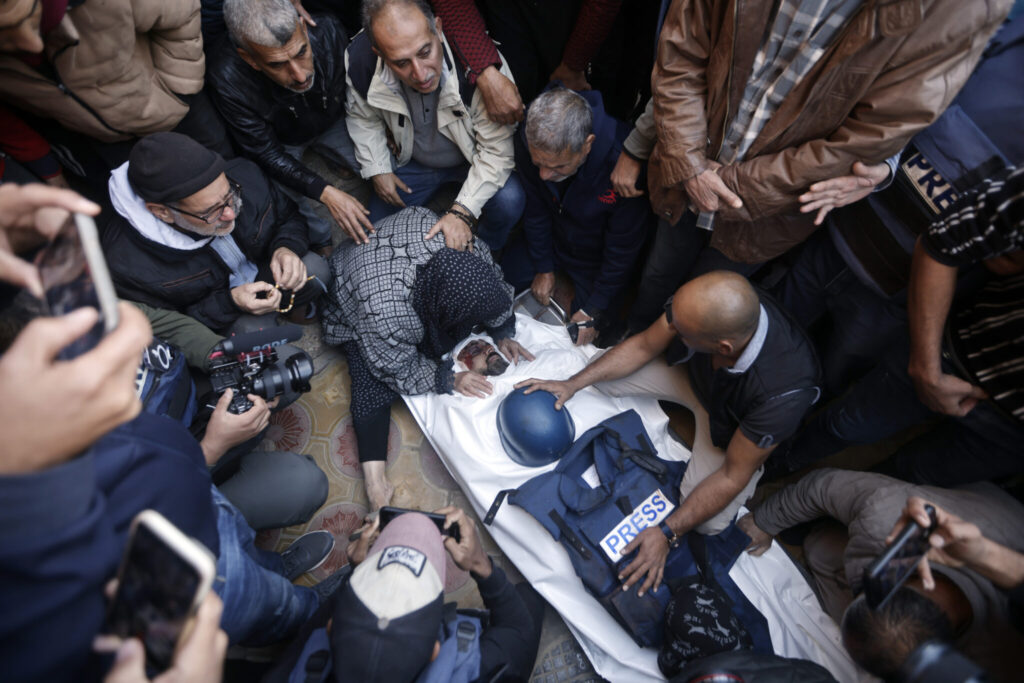
The war has flattened much of northern Gaza and driven 85% of the territory’s population of 2.3 million from their homes. Displaced people have squeezed into shelters mainly in the south in a spiraling humanitarian crisis. Only a trickle of aid has been able to enter Gaza and distribution is disrupted by fighting.
Residents in northern Gaza meanwhile reported heavy bombing and the sounds of gunbattles overnight and into Saturday in devastated Gaza City and the nearby urban refugee camp of Jabaliya.
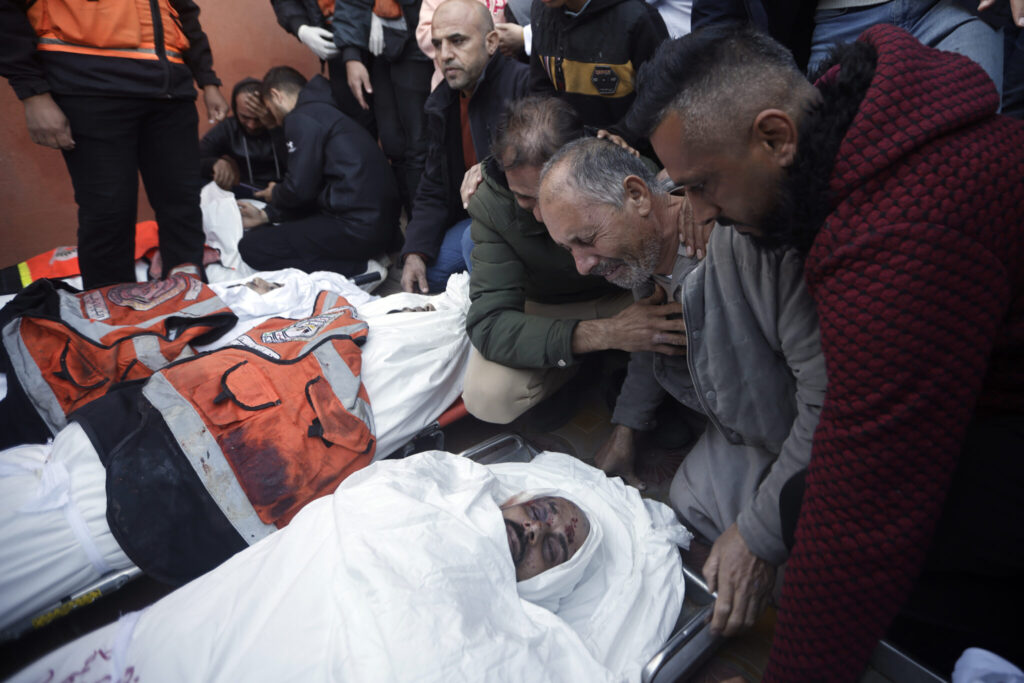
“It was a violent bombardment,” Assad Abu Taha said by phone from the Shijaiyah neighborhood. Another resident, Hamza Abu Seada, reported heavy airstrikes in Jabaliya, with non-stop sounds of explosions and gunfire.
An Associated Press journalist in southern Gaza also reported airstrikes and tank shelling overnight in the cities of Khan Younis and Rafah.
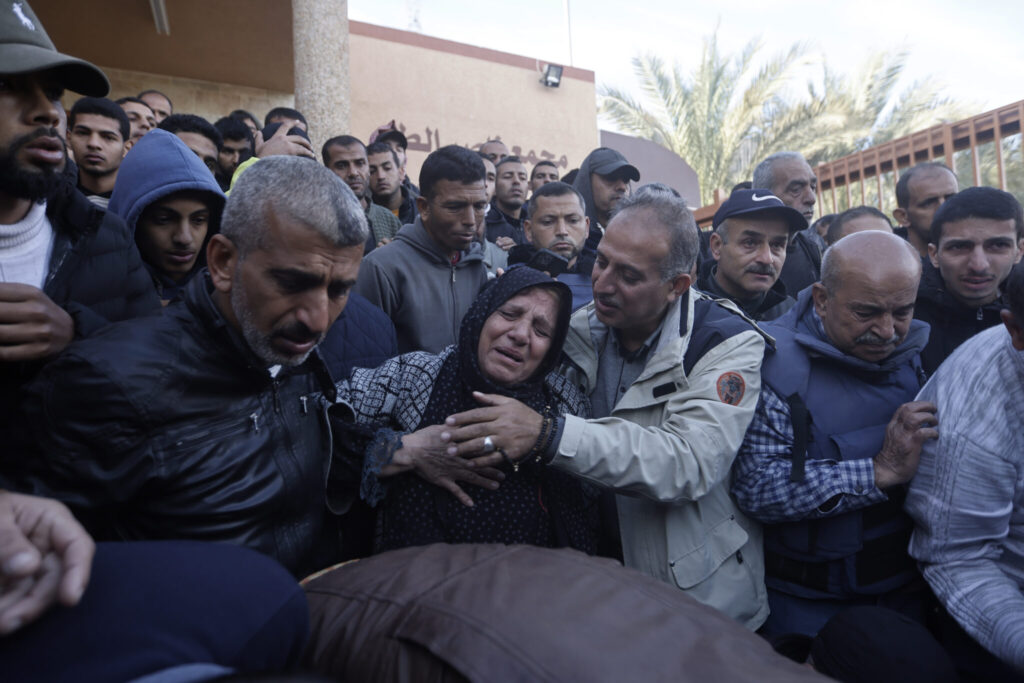
The United States, Israel’s closest ally, has expressed unease over Israel’s failure to reduce civilian casualties and its plans for the future of Gaza, but the White House continues to offer wholehearted support with weapons shipments and diplomatic backing.
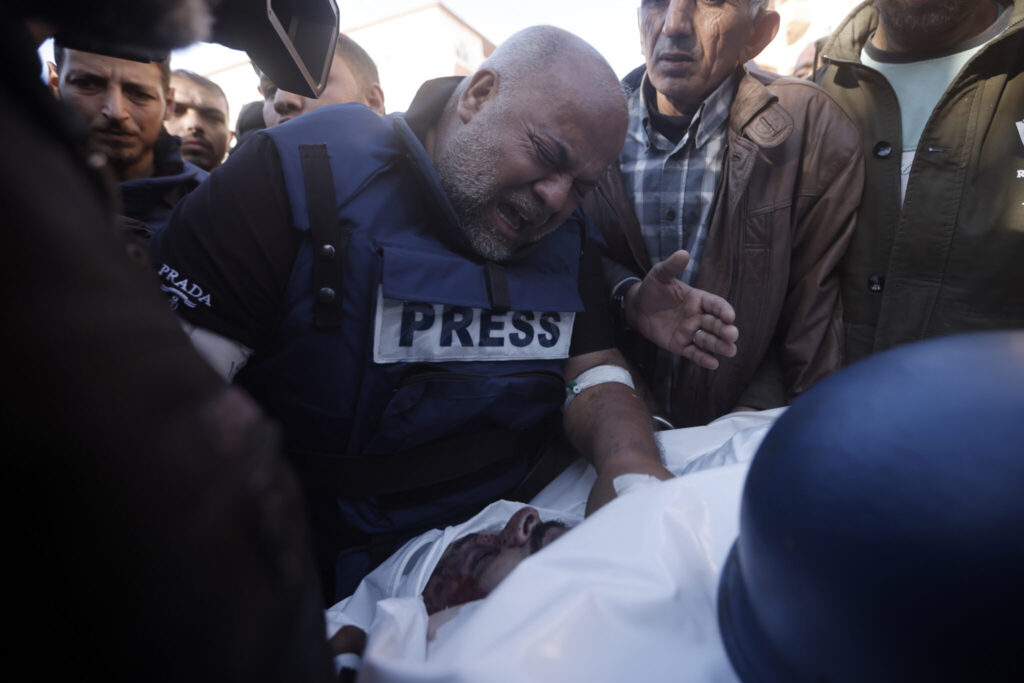
In meetings with Israeli leaders on Thursday and Friday, United States national security adviser Jake Sullivan discussed a timetable for winding down the intense combat phase of the war. U.S. Secretary of Defense Lloyd Austin was also expected to visit Israel soon to discuss the issue.
The U.S. has pushed Israel to allow more aid into Gaza, and the government said it would open a second entry point to speed up deliveries.

